
As part of the opening event for the Trinity College Trees Exhibition there will be a guided walk to all the exhibits by one of the project team. The walk will take place on Friday 29th September between 5.15-5.45. There will be a limited number of spaces. Details on how to sign up for the guided walk will be posted nearer the time.
If you are unable to book a slot on the guided walk don’t worry the team are also in the process of developing a sound piece that will accompany those wishing to take a self guided walk from Saturday the 30th of September until the end of the exhibition. Once the walker brings their own headphones they can visit the works at their leisure. In front of each of the chosen trees the team also plan to have an A4 stand with a brief description of the project and the positioning of each tree on a campus map.
There will be two versions of sound piece depending on which end of the campus you are starting will determine the listing of the trees and which sound piece you click on. One version of the sound piece covers the walk if you are starting in the main square at the Oregon Maple. The other version if you are starting at the Science Gallery.
Included in the audio piece is a brief introduction to the Trinity Trees Project, the trees involved and the artworks commissioned in response to these trees.

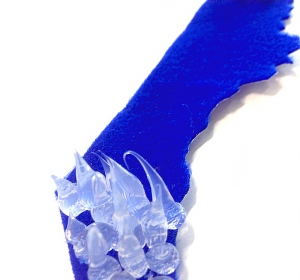
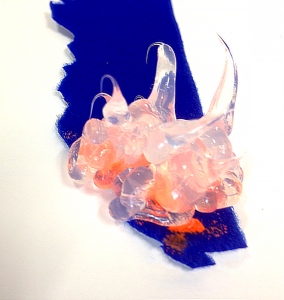













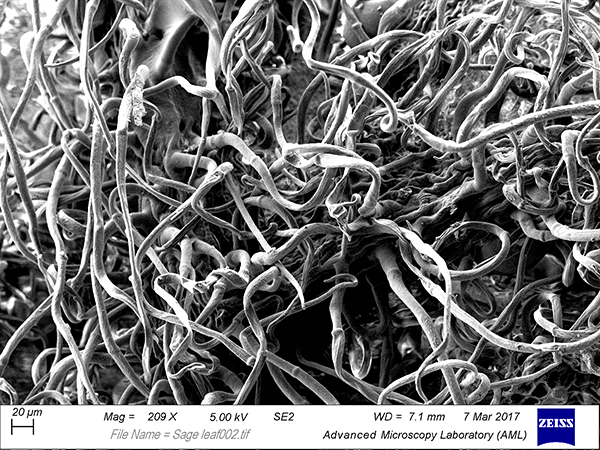


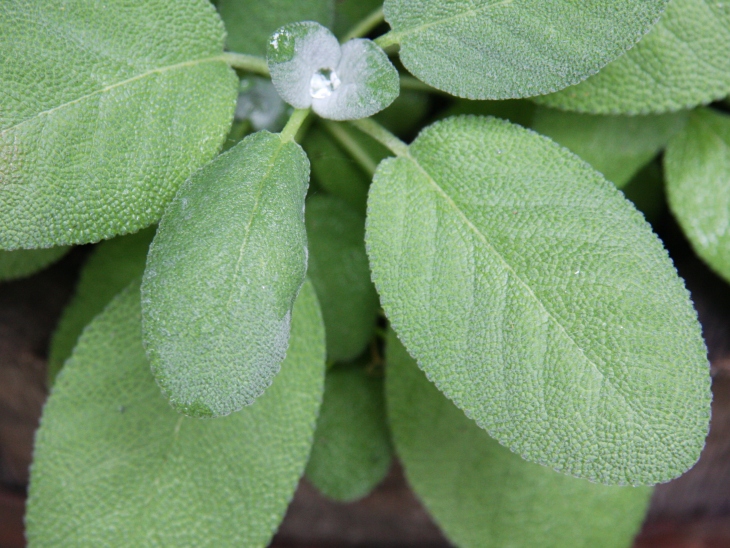

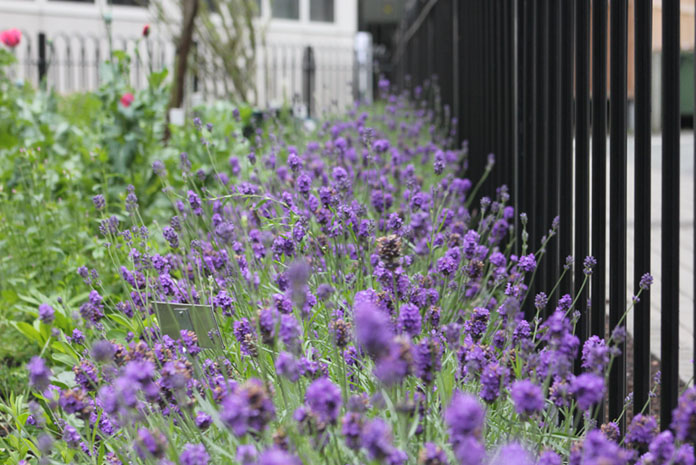 For this first post I would like to give a brief background to the garden itself. Tomorrow I will highlight the sage plant. The following post will illustrate some of the SEM images we have already taken of the sage plant. Finally I will round up by talking about our dilemma in choosing which plant to focus are research on.
For this first post I would like to give a brief background to the garden itself. Tomorrow I will highlight the sage plant. The following post will illustrate some of the SEM images we have already taken of the sage plant. Finally I will round up by talking about our dilemma in choosing which plant to focus are research on.